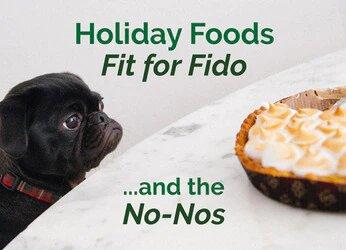
Feeding your dog the right food is amongst the most important things you can do for the health of your dog. You’ll already know that there’s a myriad of different food types on the market, with different price tags to match. Because of this, it can be incredibly difficult to know what’s best to buy.
In the UK, pet food manufacturers produce products in line with the FEDIAF (European Pet Food Industry Federation) Nutrition Guidelines and the NRC Guidelines (National Research Council). These guidelines detail the nutritional requirements of dogs at varying life stages and they are regularly reviewed by independent nutrition experts throughout Europe and the United States.
There’s also strict legislation governing what ingredients can be used in the manufacture of pet food. This legislation is laid down by Europe and also applies to imported, commercially-prepared pet foods.
So far so good, however there are also ingredients that are technically allowed to be in dog food, but that you might want to avoid. Read on to discover what these are, and what healthier alternatives you can opt for, instead.
What Ingredients Should Be Avoided in Dog Food?
1. BHA (Butylated Hydroxyanisole)
BHA is a chemical additive used as a preservative in fats and oils and is licensed for use in human consumption despite the fact that it has been proven to cause cancer in rats. It isn’t a necessary ingredient so it’s best to avoid it if you’re able. It’s routinely found in pet food so it’s important to check the label whenever you buy your dog’s food.
Healthy alternative: rosemary extract. Research states that the antioxidant effectiveness of natural extracts is higher than synthetic antioxidants.
If you want to avoid chemical preservatives altogether, consider buying canned dog food. The canning process does not require the addition of artificial preservatives in the same way that other dog foods often do.
2. Meat Meal
Meat meal is the mass-produced dry ingredient that most cheap dog food is made from. It’s produced from the animal byproducts of human-grade meat and is safe for dogs to eat. The process involves heating the products at very high temperatures to render it down and then is dehydrated to create a powder.
The major issue with this ingredient is that the primary source of meat is not apparent as it can be made from any animal. Nor is it considered to be the most nutritious way in which your dog can get its daily protein intake.
Healthy alternative: dog food that is made from fresh, single-sourced protein like chicken, wild boar or sustainably-sourced fish.





